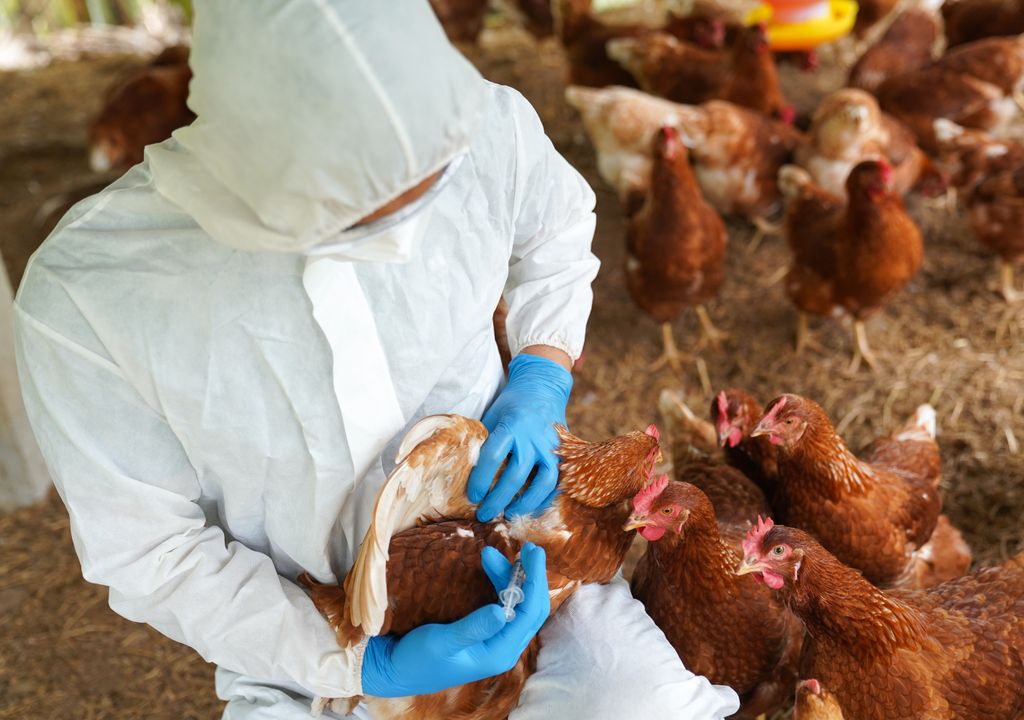What does WHO think now about H5N2 bird flu after the death of a man in Mexico?


The World Health Organization (WHO) has confirmed that the death of a 59-year-old man, which occurred on April 24 after being admitted to a Mexico City hospital, is the first in humans is associated with the H5N2 virus, a subtype of avian influenza that is theoretically low pathogenic.
This means that their ability to cause severe disease and death is lower compared to highly pathogenic viruses such as another, much more dangerous strain of the same virus, H5N1.
The latter is widespread among wild birds around the world and has recently caused outbreaks among poultry and dairy cows in the United Stateswhere four cases of human infection have already been recorded after contact with infected animals.
Thus, the death that occurred in Mexico aroused great interest—as well as concern—among the scientific community, and health authorities in that country have addressed an epidemiological study to study the behavior of the H5N2 virus.
No contact with poultry or other animals.
The family of the deceased assures that the man, who previously had pathologies, had been lying in bed for three weeks, suffering from other ailments. On April 17 it began to appear. flu symptoms such as fever, shortness of breath (difficulty breathing), diarrhea, nausea and general malaise.

A week later, on April 24, he was admitted to the Ismael Cosio Villegas National Institute of Respiratory Diseases (INER). He died the same day due to “complications of the disease.” V Laboratory analysis showed the presence of the H5N2 virus.
Transmission of unknown origin
In its statement, WHO assured that the deceased had not been in contact with poultry or other animals in which the virus had already demonstrated its infectious ability.
It is known that in March of this year, an outbreak of the H5N2 virus was detected at a poultry farm near the residence of the deceased. However, A direct connection between this outbreak and his death has not been established.
So, so far, WHO does not know the cause of transmission of the H5N2 virus in the first human death. registered In tests carried out on 17 people who had contact with the patient, its presence was also not detected.
In this case, H5N2 infection is not considered a direct cause of death, which This is due to “multifactorial reasons.”due to the poor general health of the deceased before acute illness with influenza A, which caused multiple organ failure.
Reports of public calm
Despite the alarm caused by this death, WHO assured that The risk of H5N2 transmission to the public “remains low.” However, this agency recognizes that this event could have a major impact on public health and is mindful of the importance strict supervision of animal and human populationsto prevent the spread of the disease.
️FLU AH5N2 IN MEXICO | SHOULD WE BE WORRIED?
The avian influenza cycle and the emergence of the first H5N2 case in Mexico are explained. pic.twitter.com/G0JSyIo35F
— Alejandro Macias (@doctormacias) June 8, 2024
On the other hand, Mexico’s Health Minister Jorge Alcocer sent a signal of calm to public opinion, assuring that This is about “single case”emphasizing that the patient died from causes other than avian influenza, namely renal and respiratory failure.
Conflicting information
Alcocer also states that “there is no reason to stop eating chicken or its derivatives or worry about it.” Statements that do not completely eliminate the mistrust that has arisen among citizens in conflicting situations.
After WHO reported the first death in Mexico from bird flu AH5N2, Health Minister Jorge Alcocer denied that the person died from this cause.
The World Health Organization’s statement is quite bad because from the very beginning it talks about pic.twitter.com/7B5tc7ySvH
— Emeequis (@emeequis) June 6, 2024
On April 5, the National Service for Health, Safety and Quality of Agri-Food Products (Senasica) stated: Mexico as a highly pathogenic avian influenza-free zone AN5N2.
Just a month ago, outbreaks of this strain were detected in poultry farms in municipalities Texcoco and Temazcalapa, in the State of Mexico; as well as in the border state Michoacanwhere the deceased lived.
